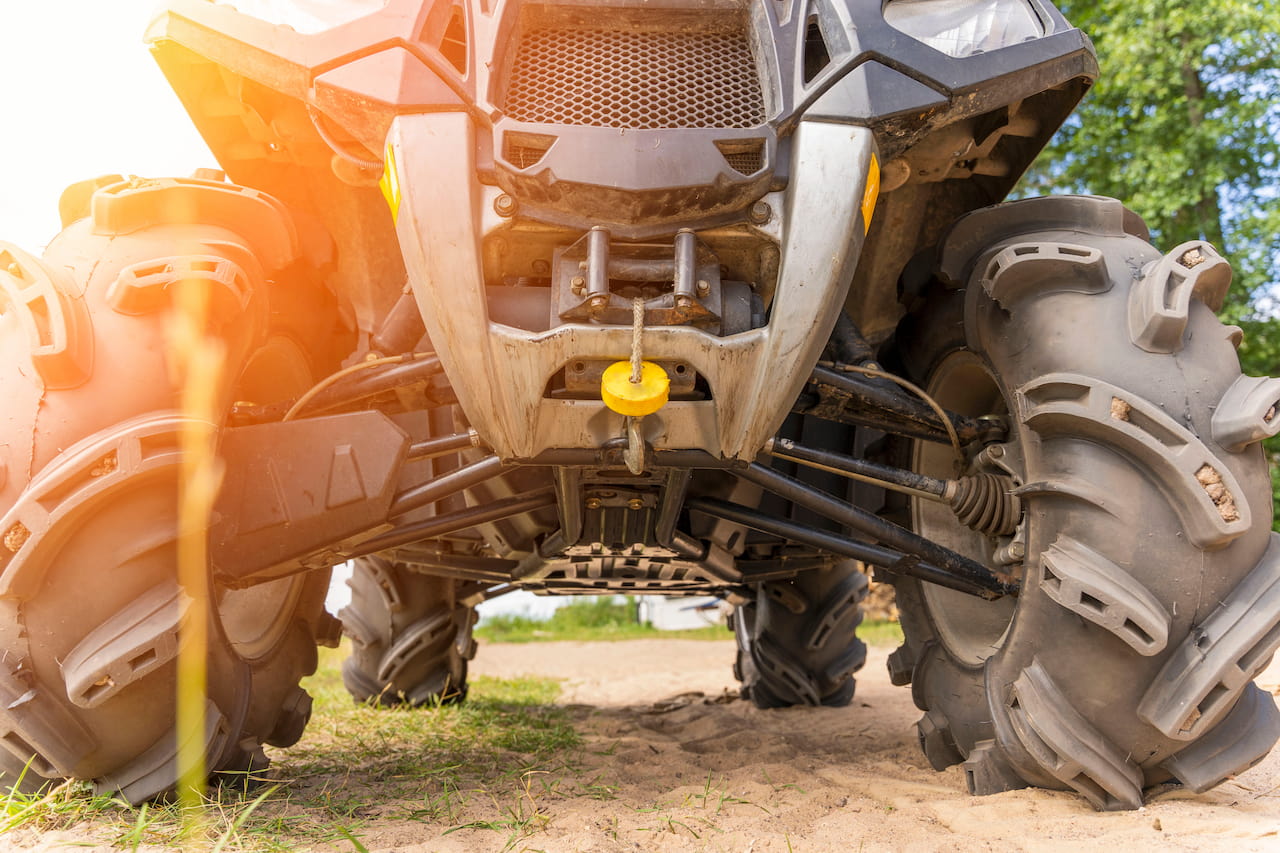Maintaining your UTV’s hydraulic brake system is critical for performance and safety. Regular brake flushing and bleeding prevent malfunctions caused by air or contaminants in the system, ensuring your off-road adventures remain smooth and secure. This guide empowers UTV owners with the knowledge to handle these essential maintenance procedures confidently.

Recognizing the Signs of Hydraulic Brake Issues in UTVs
Maintaining your UTV’s hydraulic brakes starts with identifying potential problems. Neglecting brake maintenance can lead to reduced stopping power, increased wear on components, and unsafe driving conditions. Here are common signs to watch for:
- Spongy Brake Pedal: A soft or spongy feel when pressing the brake pedal often indicates air trapped in the brake lines.
- Reduced Braking Efficiency: Longer stopping distances or decreased brake response suggest contaminated or degraded brake fluid.
- Leaking Brake Fluid: Visible fluid leaks around the brake lines or master cylinder signal the need for immediate attention.
Learn more about UTV brake repair and maintenance.
Steps for Flushing and Bleeding UTV Hydraulic Brakes
Properly flushing and bleeding your UTV’s hydraulic brakes ensures optimal performance. Follow these steps to tackle the task:
- Prepare Your Tools and Materials: Gather a wrench, brake fluid compatible with your UTV, a clear hose, and a catch container. Ensure you have safety gloves and goggles.
- Locate the Brake Bleeder Valve: Identify the bleeder valves on each brake caliper. Refer to your UTV’s manual for precise locations.
- Flush the Old Brake Fluid:
- Attach the clear hose to the bleeder valve.
- Open the valve and pump the brake pedal to push out old fluid.
- Close the valve once the fluid stops flowing.
- Refill the Brake Fluid Reservoir: Use the recommended brake fluid and refill the reservoir to the proper level.
- Bleed the Brake Lines:
- Attach the clear hose to the bleeder valve again.
- Have a helper press the brake pedal while you open the valve to release trapped air.
- Repeat until no air bubbles appear in the fluid.
- Test the Brake System: Ensure the pedal feels firm and the brakes function correctly before heading out.
Shop UTV parts and accessories for your brake system.
Best Practices for Maintaining UTV Hydraulic Brakes
Preventive maintenance is the key to avoiding brake issues. Follow these best practices:
- Regularly inspect brake lines for leaks or damage.
- Change brake fluid annually or as recommended in your UTV manual.
- Avoid mixing different types of brake fluid to prevent contamination.
Discover more tips on UTV maintenance.
When to Seek Professional Help
While flushing and bleeding brakes can be a DIY task, some situations require professional expertise. If you encounter persistent issues, unusual noises, or difficulty diagnosing the problem, consult a qualified UTV mechanic.
Find a professional UTV mechanic for repairs and custom builds.
Disclaimer: This guide provides general information. Refer to your UTV manual and consult a professional mechanic for specific issues.
Main Points to Remember
Maintaining your UTV’s hydraulic brake system ensures safety and optimal performance. Regularly inspect, flush, and bleed the brakes to prevent issues. When in doubt, seek professional assistance to keep your UTV in top shape.
